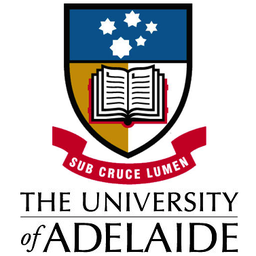Full description
Data for:
Tibby, J., Haynes, D., Gibbs, M., Mosley, L., Bourman, R.P., and Fluin, J. (2022) The terminal lakes of the Murray River, Australia, were predominantly fresh before large-scale upstream water abstraction: Evidence from sedimentary diatoms and hydrodynamical modelling. Science of The Total Environment, 155225.
Relative abundance diatom data for cores:
Lake Alexandrina - LA2
Lake Albert - Ab1
Lake Albert - Ab2
Hydrodynamic model files
- CoreSites+SRLData_2007-2010_WoD.xlsx: Model salinity results (g/L) for the lowest inflow period (2007-2010) at each of the core sites for sea level conditions increased by 0 m (observed), +1 m and including the data for the +2 m sensitivity test.
- SalinityTimesSeriesData.csv: Daily time step modelled salinity (g/L) output used to create Fig3c, including all scenarios that were not plotted on Fig3c for clarity. Data for each core site, flow scenario (minimum, 90th percentile and 50th percentile), sea level rise (0 and +1 m increase over observed) and mouth bathymetry (current and open) is included.
- AverageSalinityShp.zip: ESRI Shapefiles of average salinity over the simulation period across the model domain for each scenario. The shapefiles are polygons with salinity contours at 2 g/L increments, including the average salinity within each polygon over the simulation period as an attribute. Each scenario is a separate shape file in the zip file, with scenarios representing the three flow scenarios (QWODMin=minimum flow period 2007-2010, QWOD1900=90th percentile flow period 1897-1900 and QWOD1904=50th percentile flow period 1901-1904), two sea level rise conditions (0 and +1 m increase over observed) and two mouth bathymetry conditions (Current and Deep=Open).
Issued: 2022-04-24
Created: 2022-06-26
Subjects
Environmental management |
Hydrodynamic model |
Murray River |
Murray-Darling Basin |
diatom |
lake albert |
lake alexandrina |
User Contributed Tags
Login to tag this record with meaningful keywords to make it easier to discover
Identifiers
- DOI : 10.25909/19642329.V2



